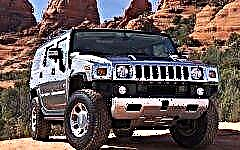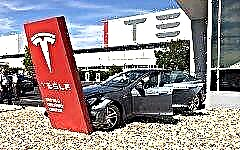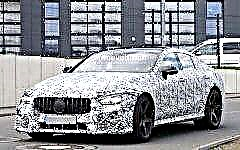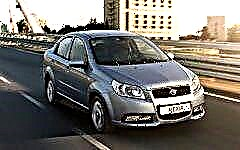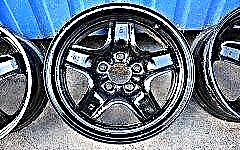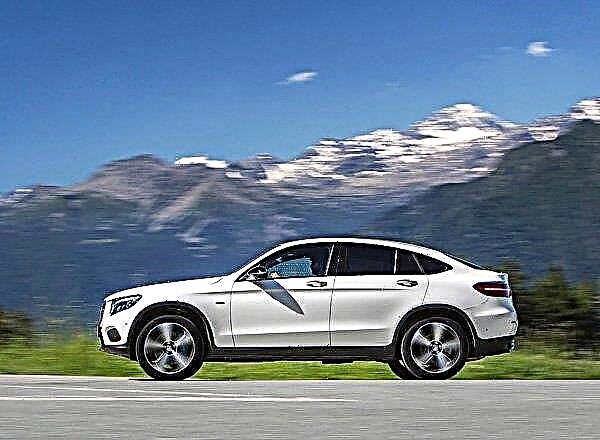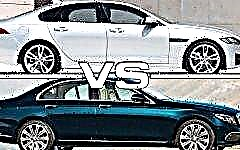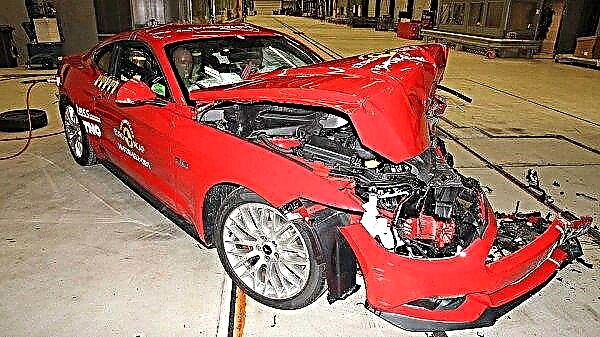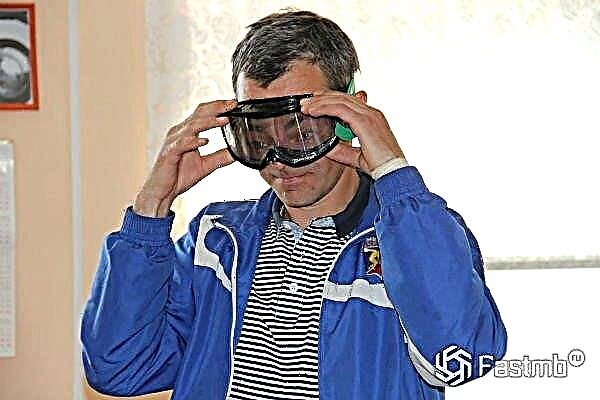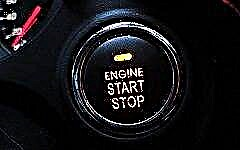

The content of the article:
- Features of operation "start-stop"
- Design features of the "start-stop" system
- Opinions are divided
A modern car, from the point of view of the buyer, should be first of all economical, and secondly, comfortable. Gone are the days when drivers did not pay attention to fuel consumption - today it is the question of the economic profitability of the car that has come out on top.
Improving the design of the car, engineers have developed a "start-stop" system, which should significantly reduce fuel consumption during urban operation of the car, in particular at idle, when up to 30% of the fuel tank volume burns out.
Staying in a traffic jam turns out to be quite costly, and the automatic engine stop system is designed to save gasoline and diesel, and at the same time - to reduce emissions into the atmosphere of exhaust gases, which, in theory, will improve the environmental component of a particular region.
Is it true? What is the start-stop system technology based on and how does this affect the overall life of the power unit?
Features of operation "start-stop"

The system is designed to automatically stop the engine under certain operating conditions of the vehicle. At the same time, the equipment is active not only while driving, but also when the hood is raised and the seat belt is unfastened. To continue driving, the driver needs:
- If the car is equipped with an automatic transmission, release the brake.
- On machines with a manual transmission, depress the clutch.
In some situations, the system may not work. Stopping will not occur if the car's climate control is powered by a compressor, if the battery charge has dropped to a level below the minimum, if a critical vacuum level is observed in the brake system.
Design features of the "start-stop" system

As the name suggests, two adjacent systems are used to start and stop the engine. The first controls the stopping of the engine, the second controls its start. Since the resource of the motor is designed for 50,000 starter cycles, and the number of engine starts with the "start-stop" system increases by 7-10 times, changes are made to the design of the car. Used by:
- reinforced starter;
- reversible generator (or starter-generator).
On a gasoline engine, where the standard injection parameters remain, the corresponding piston stroke parameters are set.
The "start-stop" system, installed on a reinforced starter, involves flashing the ECU to install a separate (individual) system control unit. After signals from sensors to stop the engine, all components of the car are powered not from the engine, but from the battery.
If the battery is insufficiently charged, the system will not work. A button is displayed on the dashboard through which you can turn off the system.
The Clean Start alternative fuel saving system has been developed for installation on commercial vehicles and trucks from 6 tonnes. The system uses a hydraulic starter motor, which is installed directly on the crankshaft as on the main unit, which experiences significant loads when starting a car. The system includes the following nodes:
- hydraulic motor with a capacity of 15 kW;
- water pump;
- working fluid control valve;
- accumulator battery;
- tank.
The system works after a signal from the vehicle ECU. Since the Clean Start system is rather bulky, it is more often installed on SUVs and almost never on sedans.
Opinions are divided

Many drivers question the effectiveness of the start-stop system. Fuel savings, of course, occur, but, in their opinion, not by 30%, as the manufacturers claim, but by only 3-4%. And premature wear of the crankshaft bearings and subsequent repairs are 99% guaranteed.
Federal Mogul's lead engineer, A. Gerhard, shares these concerns with the development of clutch bearings. The designer believes that the advantage of fuel economy is completely leveled by the degree of wear and the subsequent repair of expensive components.

